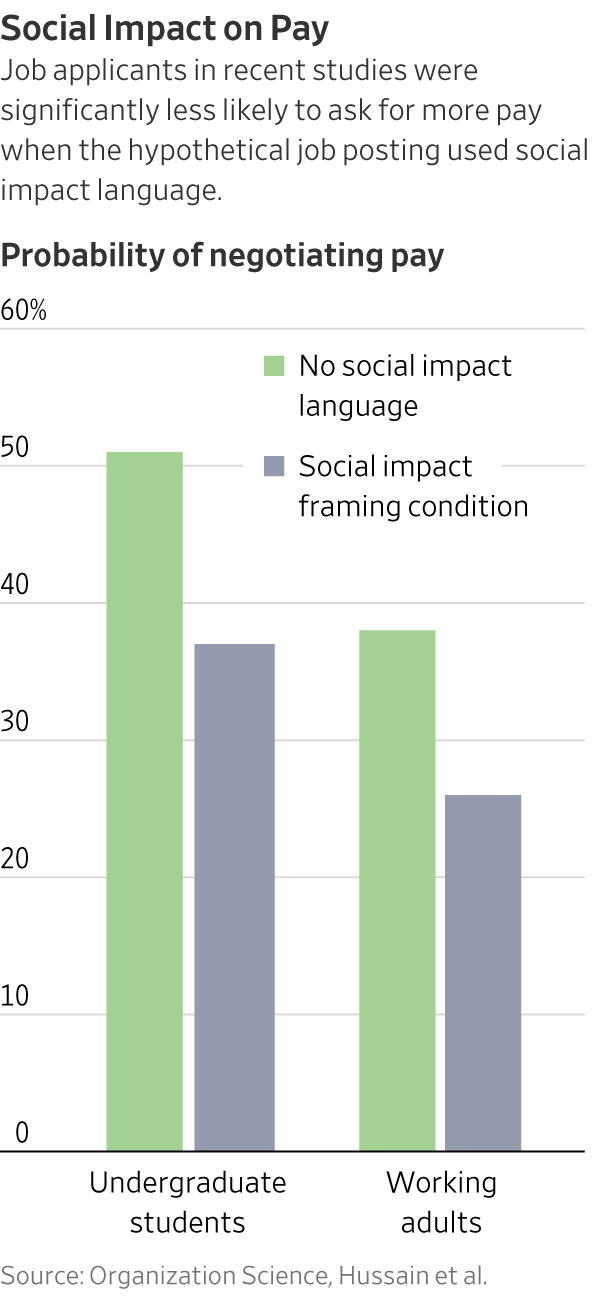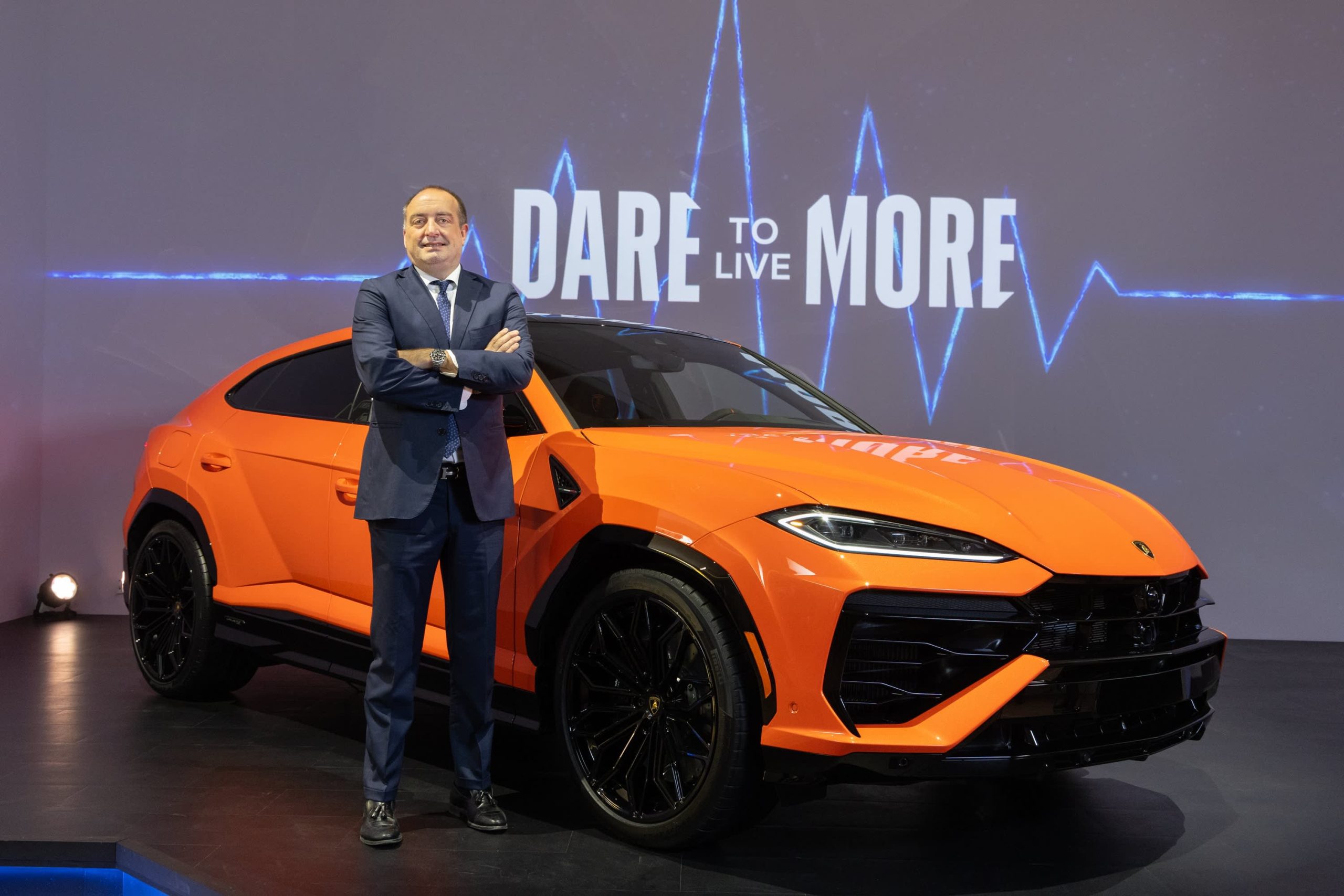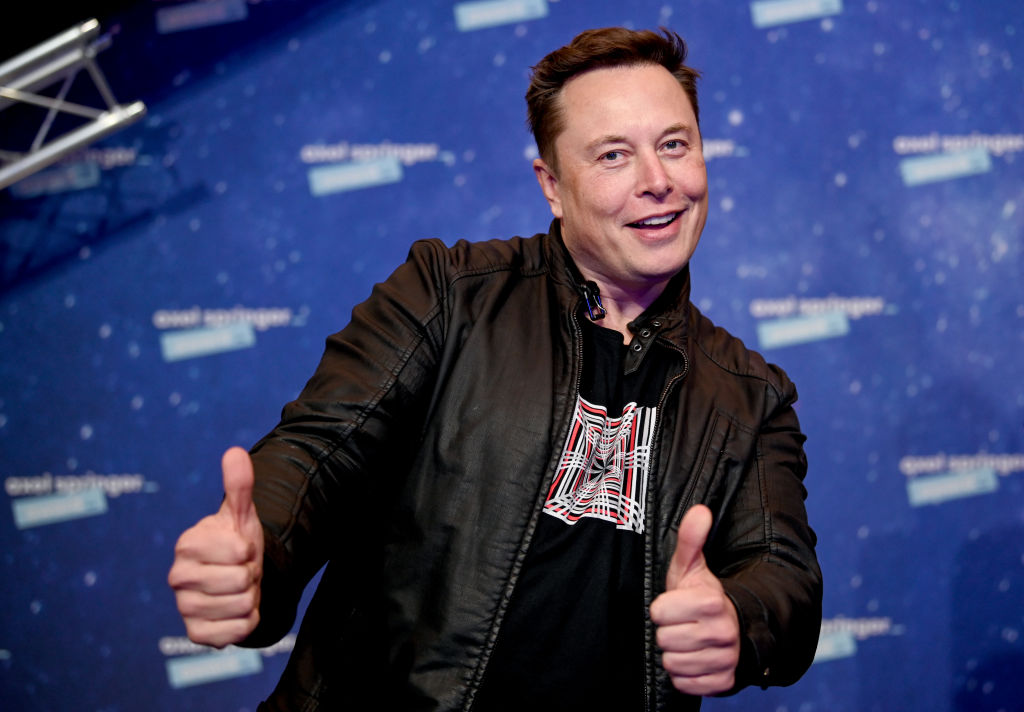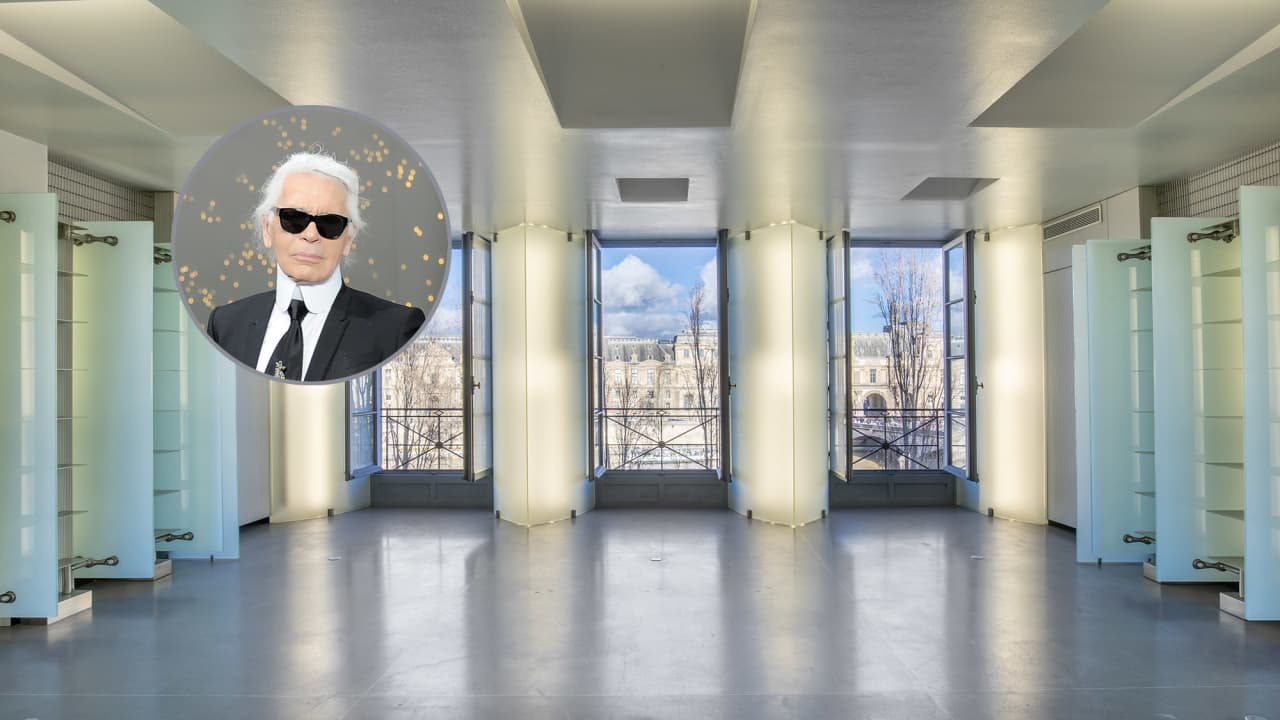Job Applicants Can Support a Company’s Mission—and Still Ask for More Money
Research suggests that would-be employees fear that negotiating for a higher salary will make them look selfish
Want to work for a company that says it makes the world a better place? Be careful—you might feel guilted out of asking for higher pay.
Job postings today are peppered with language promoting an organisation’s mission, its purpose and the importance of making an impact. But those positive messages can have a chilling effect on applicants. In several studies, my colleagues and I found that the social messages in job postings make people think it would be a bad idea to ask for more money. They fear that the managers will think of them as selfish, or that company values make salary requests taboo.
Great reluctance
To be clear, the problem isn’t that companies advertise broad social initiatives—known as social impact framing—or that they want employees to genuinely care about the work itself. Longstanding research has even shown that corporate social programs can benefit employees, who enjoy a greater sense of motivation and meaningfulness when their work demonstrably makes a positive difference.
But this notion of higher purpose can make applicants wary of seeking higher pay.
My colleagues and I tested this idea over five experiments that measured how applicants handled salary negotiations with different companies: Some were described with phrases such as “mission orientation,” “higher purpose” and “giving back,” while others weren’t. We didn’t say whether the company was a nonprofit, engaged in charitable giving or could afford higher wages; our focus was on the language or framing used to describe the work, regardless of the company’s business model.

The results were remarkably consistent. Across the studies, job candidates exposed to social impact framing told us the company would see it as crass or inappropriate to ask for material rewards like a higher salary—so they avoided negotiating for more.
In the first study, 392 participants provided open-ended responses as to whether they would ask for higher pay at hypothetical companies, along with their rationale. Those who were given social impact framing were 32 percentage points less likely to say “yes” to negotiating. In addition, the group who gave negative responses was more than twice as likely as the control group to use phrases such as “doing so would be taboo,” “make you look selfish if you asked,” and “would likely make the organization less interested in hiring me.”
In the second and third studies, we tested the effect in real-world contexts. In one, we asked 438 undergraduate students whether they would ask for more money for a purportedly real on-campus job opportunity. In the other, we asked 1,525 online workers recruited from a crowdsourcing marketplace to bid for a purported writing-related task.
In each case, the odds of negotiating were approximately 42 percentage points lower when the work was framed in social impact terms. Survey responses showed that this was driven by workers’ perceptions that they would be violating the organisation’s expectations for employee motivation by showing interest in higher pay.
Our fourth study replicated the effects above, while our fifth study showed that effects held across a range of industries—from education to financial services.
A matter of perception
Why did this happen? We theorise that the applicants assumed that managers and companies had motivation purity bias—thinking that employees who are interested in a job’s material rewards care less about the work itself. And, indeed, previous research has shown that this bias does affect managers’ decisions.
That means few applicants want to be seen as the person who gives priority to money over more lofty, altruistic goals. You either love the work itself and want to help others or care about material rewards like higher pay. It can’t be both.
But that attitude is simply romanticising. Research shows that people often do their jobs better when they get a combination of extrinsic rewards like high salary and intrinsic ones like idealism about a mission.
The consequences of holding back on salary requests can be huge. Previous research has shown that fear of asking for even a small increase in starting pay can cost people hundreds of thousands of dollars over the course of a career. For companies, skimping on pay because of misguided beliefs can lead to missed opportunities to boost performance and productivity.
How to overcome the bias? Employees should do research on companies to see how the businesses react to salary requests. For their part, companies can create greater pay transparency, use objective criteria to set salary and train managers to watch out for bias.
Passion for work is wonderful. But we shouldn’t romanticise it as the only legitimate reason to take a job.
 Copyright 2020, Dow Jones & Company, Inc. All Rights Reserved Worldwide. LEARN MORE
Copyright 2020, Dow Jones & Company, Inc. All Rights Reserved Worldwide. LEARN MORE
This stylish family home combines a classic palette and finishes with a flexible floorplan
Just 55 minutes from Sydney, make this your creative getaway located in the majestic Hawkesbury region.
The marketplace has spoken and, at least for now, it’s showing preference for hybrids and plug-in hybrids (PHEVs) over battery electrics. That makes Toyota’s foot dragging on EVs (and full speed ahead on hybrids) look fairly wise, though the timeline along a bumpy road still gets us to full electrification by 2035.
Italian supercar producer Lamborghini, in business since 1963, is also proceeding, incrementally, toward battery power. In an interview, Federico Foschini , Lamborghini’s chief global marketing and sales officer, talked about the new Urus SE plug-in hybrid the company showed at its lounge in New York on Monday.

Lamborghini
The Urus SE SUV will sell for US$258,000 in the U.S. (the company’s biggest market) when it goes on sale internationally in the first quarter of 2025, Foschini says.
“We’re using the contribution from the electric motor and battery to not only lower emissions but also to boost performance,” he says. “Next year, all three of our models [the others are the Revuelto, a PHEV from launch, and the continuation of the Huracán] will be available as PHEVs.”
The Euro-spec Urus SE will have a stated 37 miles of electric-only range, thanks to a 192-horsepower electric motor and a 25.9-kilowatt-hour battery, but that distance will probably be less in stricter U.S. federal testing. In electric mode, the SE can reach 81 miles per hour. With the 4-litre 620-horsepower twin-turbo V8 engine engaged, the picture is quite different. With 789 horsepower and 701 pound-feet of torque on tap, the SE—as big as it is—can reach 62 mph in 3.4 seconds and attain 193 mph. It’s marginally faster than the Urus S, but also slightly under the cutting-edge Urus Performante model. Lamborghini says the SE reduces emissions by 80% compared to a standard Urus.
Lamborghini’s Urus plans are a little complicated. The company’s order books are full through 2025, but after that it plans to ditch the S and Performante models and produce only the SE. That’s only for a year, however, because the all-electric Urus should arrive by 2029.

Lamborghini
Thanks to the electric motor, the Urus SE offers all-wheel drive. The motor is situated inside the eight-speed automatic transmission, and it acts as a booster for the V8 but it can also drive the wheels on its own. The electric torque-vectoring system distributes power to the wheels that need it for improved cornering. The Urus SE has six driving modes, with variations that give a total of 11 performance options. There are carbon ceramic brakes front and rear.
To distinguish it, the Urus SE gets a new “floating” hood design and a new grille, headlights with matrix LED technology and a new lighting signature, and a redesigned bumper. There are more than 100 bodywork styling options, and 47 interior color combinations, with four embroidery types. The rear liftgate has also been restyled, with lights that connect the tail light clusters. The rear diffuser was redesigned to give 35% more downforce (compared to the Urus S) and keep the car on the road.
The Urus represents about 60% of U.S. Lamborghini sales, Foschini says, and in the early years 80% of buyers were new to the brand. Now it’s down to 70%because, as Foschini says, some happy Urus owners have upgraded to the Performante model. Lamborghini sold 3,000 cars last year in the U.S., where it has 44 dealers. Global sales were 10,112, the first time the marque went into five figures.
The average Urus buyer is 45 years old, though it’s 10 years younger in China and 10 years older in Japan. Only 10% are women, though that percentage is increasing.
“The customer base is widening, thanks to the broad appeal of the Urus—it’s a very usable car,” Foschini says. “The new buyers are successful in business, appreciate the technology, the performance, the unconventional design, and the fun-to-drive nature of the Urus.”
Maserati has two SUVs in its lineup, the Levante and the smaller Grecale. But Foschini says Lamborghini has no such plans. “A smaller SUV is not consistent with the positioning of our brand,” he says. “It’s not what we need in our portfolio now.”
It’s unclear exactly when Lamborghini will become an all-battery-electric brand. Foschini says that the Italian automaker is working with Volkswagen Group partner Porsche on e-fuel, synthetic and renewably made gasoline that could presumably extend the brand’s internal-combustion identity. But now, e-fuel is very expensive to make as it relies on wind power and captured carbon dioxide.
During Monterey Car Week in 2023, Lamborghini showed the Lanzador , a 2+2 electric concept car with high ground clearance that is headed for production. “This is the right electric vehicle for us,” Foschini says. “And the production version will look better than the concept.” The Lanzador, Lamborghini’s fourth model, should arrive in 2028.
Just 55 minutes from Sydney, make this your creative getaway located in the majestic Hawkesbury region.
Consumers are going to gravitate toward applications powered by the buzzy new technology, analyst Michael Wolf predicts























